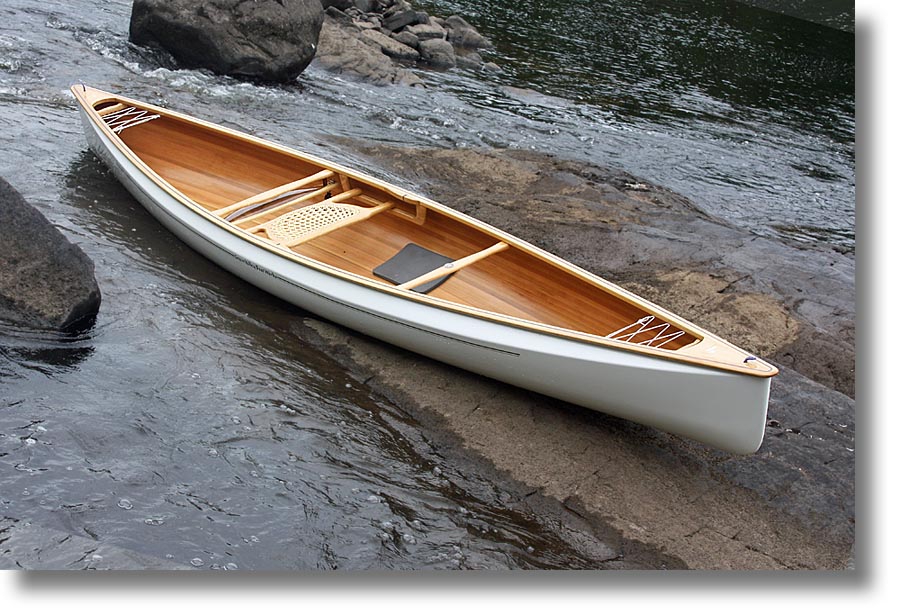
Best Wooden Canoe Plans for Traditional Designs
Hey there, fellow paddlers! Are you looking to build your own wooden canoe? The smell of fresh wood, the feel of the smooth, hand-crafted hull, the pride of paddling your own creation â€" there's nothing quite like it. But before you start cutting lumber, you need the right plans to guide you. And when it comes to traditional designs, there are some absolute classics out there. Let's dive in and explore some of the best wooden canoe plans that will help you build a masterpiece.
Choosing the Right Design
The first step is picking a design that fits your needs and preferences. Here are a few factors to consider:
- Type of canoe: Do you want a solo canoe, a tandem canoe, or something in between? There are plans for everything from nimble solo kayaks to spacious family canoes.
- Intended use: Will you be primarily using your canoe for flatwater paddling, whitewater adventures, or a mix of both? The design should be appropriate for your intended use.
- Skill level: Are you a seasoned woodworker, or are you just starting out? Some plans are more complex than others. Choose a design that matches your experience level.
- Aesthetic: Do you have a certain look in mind? There are plans for classic designs like the Peterborough or the Old Town, as well as more modern interpretations.
Once you have a good idea of what you're looking for, it's time to start browsing plans. Many reputable sources offer digital plans, or you can find physical plans at woodworking stores.
Classic Canoe Plans
Let's explore some of the most popular and respected traditional wooden canoe plans:
Peterborough Canoe
The Peterborough is a true icon of Canadian canoeing. It's known for its graceful lines, shallow draft, and versatility. The original design was developed by the Peterborough Canoe Company in Ontario, and it's still widely used today.
- Strengths: Exceptional stability, good speed, and a timeless aesthetic.
- Weaknesses: Can be a bit more challenging to build than some other designs.
Old Town Canoe
Old Town Canoe Company is another legendary name in the canoe world. They have a wide range of designs, from simple to elaborate. Their canoes are often characterized by their elegant lines and high-quality construction.
- Strengths: A wide variety of styles and sizes to choose from, excellent build quality, and a rich history.
- Weaknesses: Some plans can be more complex, and they are often more expensive.
Chesapeake Light Draft Canoe
Designed by John C. Winters, this canoe is a true masterpiece of simplicity and efficiency. Its shallow draft allows it to navigate shallow waters, making it ideal for exploring rivers and bays.
- Strengths: Easy to build, lightweight, excellent for shallow water paddling.
- Weaknesses: May not be as stable as some other designs.
Wilderness Canoe
The Wilderness Canoe is a versatile design that combines stability and speed. It's often used for expedition paddling and longer trips.
- Strengths: Stable, efficient, and well-suited for carrying gear.
- Weaknesses: Can be more challenging to build than some other designs.
Where to Find Canoe Plans
There are many sources for wooden canoe plans. Here are a few reputable places to start your search:
- WoodenBoat magazine: A great resource for wooden boat plans of all kinds, including canoes.
- The Maritime Museum of British Columbia: Offers plans for a variety of classic Canadian canoe designs.
- The Chesapeake Light Draft Canoe: This website features detailed plans for the popular Chesapeake Light Draft Canoe.
- Etsy: You can find a variety of digital plans for wooden canoes on Etsy.
- Woodcraft: This store carries a selection of physical plans for wooden canoes.
Building Your Canoe
Once you have your plans, you'll need to gather the materials and tools. This is a significant project that requires patience and attention to detail. Here are some key steps involved in building a wooden canoe:
- Cutting the lumber: You'll need to cut the wood to the exact dimensions specified in the plans. This is best done with a table saw or a band saw.
- Assembling the frames: The frames of the canoe provide its structural support. You'll need to carefully join the frames together.
- Building the planking: The planking forms the exterior of the canoe. This is a meticulous process that involves bending and shaping the planks to fit the frames.
- Caulking and sealing: Once the planking is in place, you'll need to seal the seams to prevent leaks. This involves applying a waterproof sealant or caulking.
- Finishing: The final step is to finish the canoe by sanding, painting, and applying varnish. This will protect the wood and give it a beautiful appearance.
Commonly Asked Questions
Is building a wooden canoe difficult?
Building a wooden canoe is a challenging but rewarding project. The difficulty level depends on the chosen design and your skill level. Some designs are easier to build than others, and with patience and practice, even beginners can build a beautiful canoe.
How long does it take to build a wooden canoe?
The time required to build a wooden canoe varies depending on the design, your experience, and the amount of time you can devote to the project. A simple design might take several weeks to build, while a more complex design could take months or even years.
How much does it cost to build a wooden canoe?
The cost of building a wooden canoe can vary significantly depending on the materials, tools, and your location. It's best to consult with local woodworkers or building supply stores to get an estimate.
Building your own wooden canoe is a journey of craftsmanship and connection with nature. It's a rewarding experience that will leave you with a beautiful and lasting piece of art. So, choose your plan, gather your tools, and get ready to embark on your own canoe-building adventure!
0 komentar:
Posting Komentar